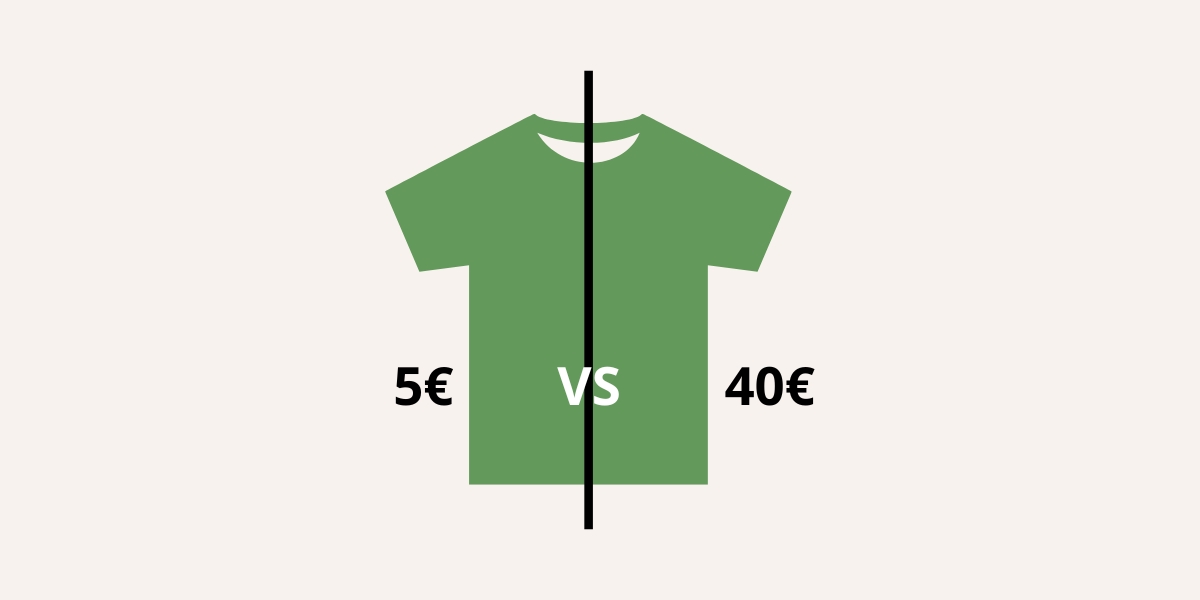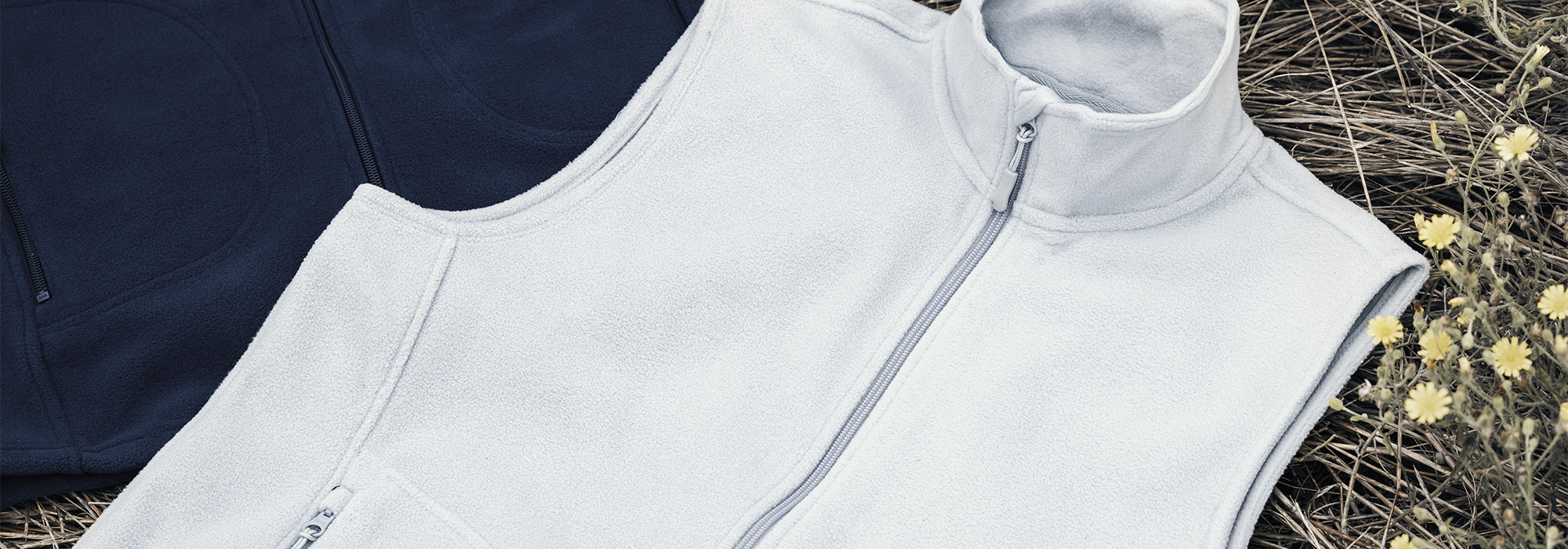By 2023, the organic textile market had reached €10 billion, with an annual growth of around 10%. This success reflects the changing attitudes towards more environmentally-friendly fashion. But beware: the word “organic” conceals a number of challenges.
What are the differences between conventional and organic textiles?
To understand the organic textile craze, we first need to look at what it changes compared to conventional textiles.
Conventional textiles, particularly cotton, are among the most polluting in the world. It accounts for 25% of the pesticides used in agriculture worldwide. What’s more, the dyes and chemical treatments used during manufacture release toxic substances into the soil and waterways. Not to mention the often precarious working conditions in producing countries.
Organic textiles are clothes made from natural fibres such as organic cotton, hemp or wool. However, it is based on production that is more respectful of the environment and workers’ health. It excludes the use of pesticides, GMOs and harmful chemicals. In theory, this means better preservation of ecosystems and a reduced carbon footprint. But while the intention is laudable, its application is not without its critics

A committed fashion trend or just a passing fad?
On the one hand, it’s undeniable that organic products respond to crucial environmental and social issues. By opting for a certified garment, consumers are supporting an industry that is more transparent and less polluting. Some pioneering brands are banking on short circuits, natural dyes and sustainable materials to offer credible alternatives to fast fashion.
But on the other hand, it has to be said that organic textiles remain a niche market and are still struggling to transform the industry as a whole. Its adoption is often partial: a T-shirt may be made from organic cotton, but dyed with polluting products or sewn in workshops with questionable working conditions. Hence the question: organic, yes, but how far ?

Greenwashing: how to distinguish the genuine from the deceptive?
“Greenwashing” is a common practice in the textile industry. Many brands use terms like “eco-friendly” or “natural” without any concrete proof. How can consumers be sure that adverts are genuine?
The answer lies in certification. Labels such as GOTS (Global Organic Textile Standard) and OEKO-TEX guarantee environmentally-friendly practices and the absence of harmful substances. These tools provide reliable benchmarks for making informed choices.
Organic textiles: luxury or democratisation?
Organic textiles are often more expensive, costing around 30-50% more than fast-fashion. This limited accessibility slows down its democratisation. Yet solutions are emerging. Some brands are adopting business models that allow them to offer organic clothing at more affordable prices.
Investing in durable, timeless pieces rather than accumulating disposable clothes is good for both the planet and your wallet in the long term.

A step forward, but with challenges ahead.
Organic textiles represent a significant step towards more conscious fashion. However, it is not a miracle solution. It brings a definite improvement in terms of the environment and ethics, but it doesn’t solve everything:
- It reduces the use of pesticides and toxic products.
- It promotes fairer working conditions.
- It remains a niche market, often costly
- It does not always guarantee 100% sustainable fashion.
To have a real impact, it’s not enough to buy an ‘organic’ T-shirt. We also need to rethink the way we consume, giving priority to quality, garment care and brand transparency.
Organic textiles are therefore a step forward, but not a revolution. Its success will depend on the ability of brands to make this alternative genuinely accessible and transparent. And, above all, on our willingness to change the way we consume fashion.



